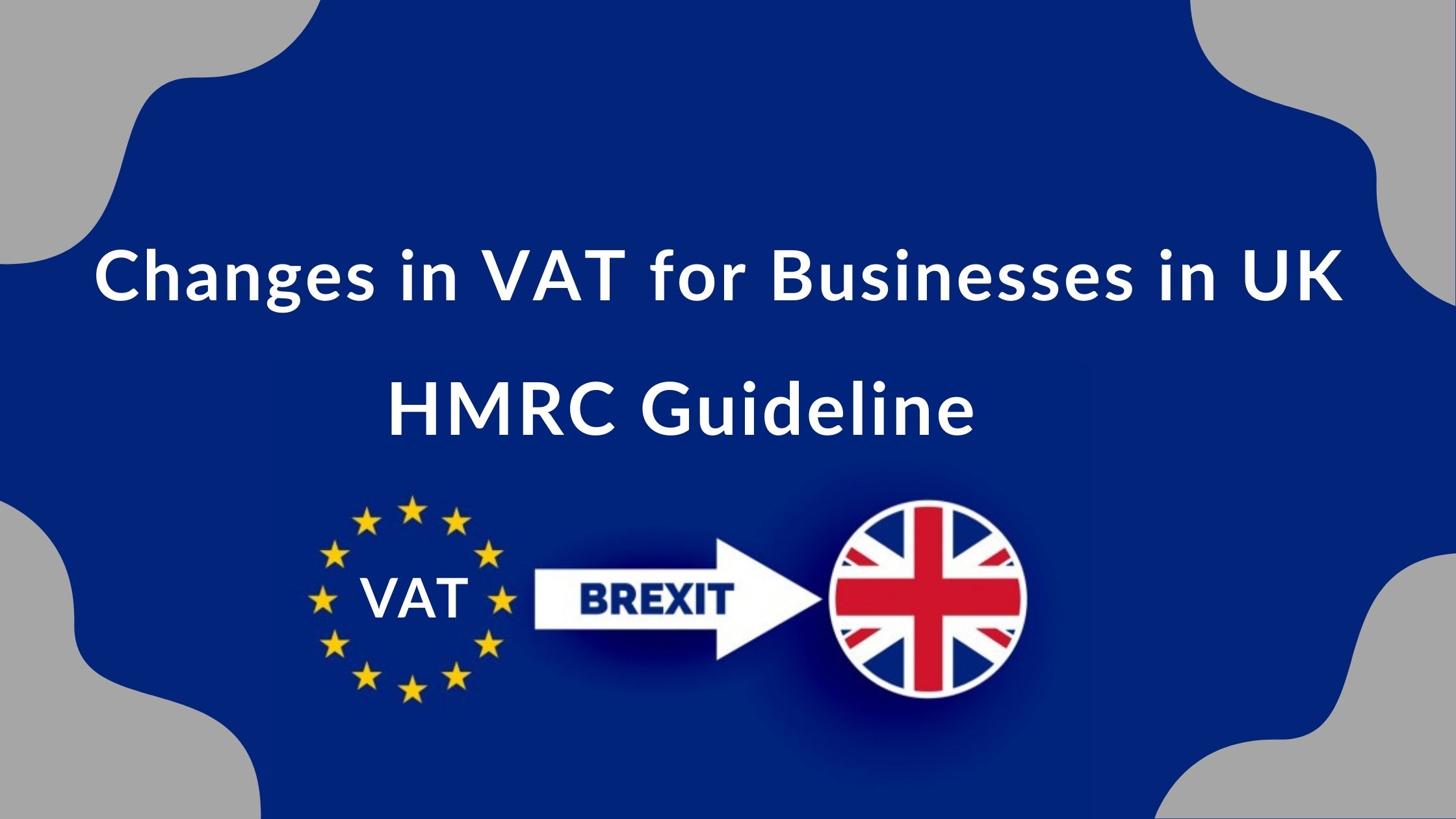VAT for Businesses If There's No Brexit Deal

December 01, 2020
The United Kingdom left the European Union on January 31st, 2020. Both the parties agreed to a transition phase, which shall be in force until 31st December 2020. During this transition phase, the UK is still part of the EU regulatory framework and still has virtually all the rights and obligations of an EU Member State. As of now, no custom duties, VAT, and excise duties are levied in case of goods crossing border.
The transition phase would have allowed the UK and EU to reach a trade agreement ("Brexit deal"). But the hope that such an agreement would be reached is getting dimmer day by day. The deadline for closing a trade deal will expire on 31st December 2020. Moreover, the EU had always stressed that a trade deal should be concluded by the end of October so that the deadline of 1 January 2021 is met and there is sufficient time in hand to formulate legislations and receive the approval of the European Parliament and other national parliaments.
Recently there has been an increase in various types of communications from HMRC regarding the impact on the UK if it leaves the EU without any transitional arrangements being agreed. Many on both sides of the English Channel are still hopeful that transitional arrangements in some form may be agreed upon, but the default position is that if the UK leaves without a deal, then they will immediately become the third country for VAT and duty purposes and businesses trading intangible goods (as opposed to services) will face major impact.
Let's Look at What VAT Changes Will Happen if There Is 'No Brexit Deal' (And What Remains The Same)
1. Import of Goods From the EU
Same import VAT rules will be applied as they currently apply to imports of goods from non-EU countries. However, presently there is no need for any declarations on physical movement between member nations. But when the UK leaves the EU then all goods moving between EU and UK would require declaration, giving rise to additional administrative costs. At present, there are around 50 million declarations per annum, which would rise to at least 250 million per annum post-Brexit.
Also, the British government has introduced import VAT accounting to ease the cash flow cost of the current import process whereby import VAT is paid at the time of goods entering the UK but the refund is paid several months later. During the transition period, almost 90% of imports into the UK will be tariff-free but not import VAT free.
HMRC has started issuing Economic Operator Registration and Identification (EORI) numbers and enrolling businesses for Transitional simplified procedures (TSP) which will help businesses to trade with EU without any hiccups after a 'No Brexit Deal'.
2. Goods Entering in the Parcel
Goods coming into the UK by way of parcel deliveries will attract VAT payable. Overseas sellers will have to register and charge UK VAT for parcels which cost less than £135 and report that VAT using a new digital service.
3. Export of Goods to EU Consumers
VAT zero rate will be applicable for the sale of goods to retail customers, but import VAT and duty will have to be paid in the country of arrival.
4. Export of Goods to EU Businesses
VAT zero rate will be applicable for the sale of goods to business customers with import VAT and duty payable by the Importer. Also, the EC sales list will no longer have to be completed.
5. Selling of Goods from a Depot/Warehouse in the EU
The EU rules which are presently in force will still apply and require a UK business to be VAT registered in the country where they hold stock of goods in that warehouse for sale.
6. Services Will Attract The Same VAT Rate
Presently, rules regarding the place of supply ascertain the country in which you need to charge and account for VAT. There aren't any changes to these.
7. Digital Services & Their Supplies to Consumers in the EU
VAT would be charged in the country where the customer belongs. Suppliers will no longer be able to use the UK VAT Mini one-stop-shop (MOSS) scheme and instead will have to register for the EU non-union Mini One Stop Shop (MOSS) scheme to report that VAT.
8. Claiming Refund on VAT Incurred
Businesses in the UK will still be able to claim refunds of VAT from EU member states by using the existing processes for non-EU businesses. However, this process varies widely across the EU and businesses will have to be aware of the processes in the respective countries where they incur costs and want to claim a refund.
9. Verifying VAT Number
Businesses in the UK will have access to use the EU VAT number validation service to check the validity of EU VAT registration numbers. But this service will not be available for UK customers post-Brexit. So, HMRC is developing a system to check the numbers.
To sum up, though the exact details of the post-January scenario are still not clear, considerable changes are bound to happen. While, both UK and EU businesses should start their preparations to deal with this scenario, but at the same time remember the age-old maxim: hope for the best, prepare for the worst.
To prepare for the worst requires that businesses make the smartest decisions that will help their trade to not only survive these testing times but also prosper in the long run. In such a scenario it is worth seeking specialist advice as specialist advisers are proficient at noticing and addressing all kinds of issues that you may have not only overlooked but also don't have the expertise to handle on your own.


